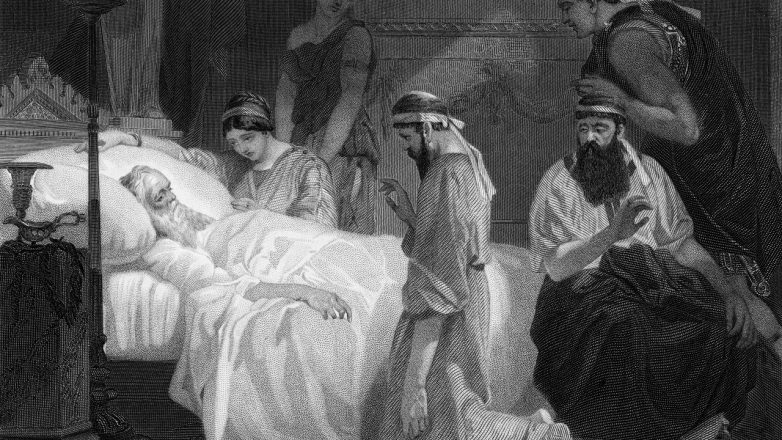

– Impact of bubonic plague on Europe and Asia
– Devastation caused by bubonic plague in Europe and Asia.
By Trend News Line 2024-03-12 09:30:00.
It is with great sadness that we report the passing of How did the bubonic plague (aka the Black death), a deadly disease that devastated Europe and Asia in the 14th century. According to some news articles posted on social media, this is still a developing story. However, it is important to note that this article does not serve as an official obituary or death notice.
The bubonic plague, also known as the Black Death, was one of the most devastating pandemics in human history. It is estimated to have killed between 75-200 million people across Europe and Asia between 1347 and 1351. The disease was caused by the bacterium Yersinia pestis, which was spread through fleas that infested rats.
The Black Death spread rapidly through trade routes, infecting cities and towns along the way. Its symptoms included fever, chills, vomiting, diarrhea, and the appearance of painful, swollen lymph nodes called buboes. In some cases, the disease progressed to cause septicemic or pneumonic plague, which were even more deadly.
The impact of the Black Death on Europe and Asia was devastating. Entire communities were wiped out, leaving behind ghost towns and villages. The economy suffered as trade and agriculture ground to a halt. Social structures broke down as people turned on each other in fear and desperation. The death toll was so high that it led to a shortage of labor, which in turn led to higher wages for the surviving workers.
In Europe, the Black Death had a profound impact on art, literature, and religion. Many artists and writers depicted the horrors of the plague in their work, creating a genre known as memento mori, or reminders of death. The Catholic Church was also deeply affected, as people questioned the role of God in allowing such suffering to occur.
In Asia, the Black Death had a similar impact, decimating populations and disrupting trade routes. The disease spread along the Silk Road, affecting countries such as China, India, and the Middle East. In some cases, entire cities were abandoned as people fled in search of safety.
Despite the devastation caused by the Black Death, humanity eventually recovered and rebuilt. Advances in medicine, sanitation, and public health helped to prevent future outbreaks of the plague. However, the memory of the Black Death still lingers in the collective consciousness, serving as a stark reminder of the fragility of human life.
In conclusion, How did the bubonic plague (aka the Black Death) has reportedly passed away, leaving behind a legacy of death and destruction. While the disease may no longer be a threat in the modern world, its impact on Europe and Asia will never be forgotten. Our thoughts are with the victims of the Black Death and their descendants as we remember the lessons of history.
1. Impact of bubonic plague on Europe and Asia
2. Consequences of Black Death in Europe and Asia.



